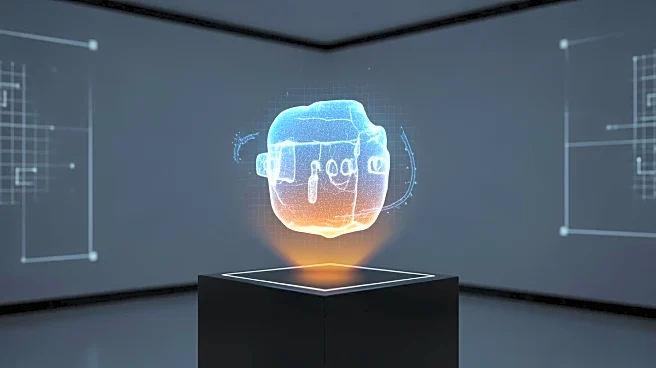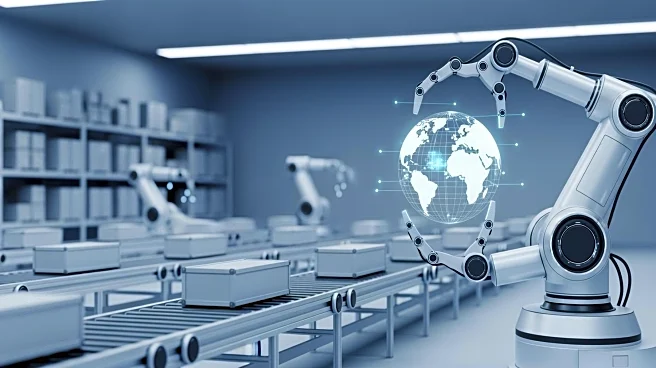What's Happening?
Recent developments in 3D visualization techniques, such as Gaussian Splatting and photogrammetry, are revolutionizing the preservation of cultural heritage. These methods allow for the creation of detailed 3D models from 2D images, providing a virtual
record of historical sites and statues. The integration of artificial intelligence (AI) and deep learning algorithms further enhances these techniques, enabling more precise measurements and reconstructions. This technological advancement is crucial for the restoration and documentation of damaged heritage sites, making them accessible to global audiences while safeguarding their physical integrity. The use of AI-driven restoration and digital documentation methods attracts funding and public interest, ensuring long-term sustainability and engagement in heritage conservation.
Why It's Important?
The preservation of cultural heritage is vital for maintaining historical narratives and identity. By utilizing advanced 3D visualization techniques, stakeholders can ensure the accurate documentation and restoration of heritage sites, which are significant for tourism and economic development. These sites generate revenue and create jobs, aligning with sustainable development goals. Moreover, the integration of digital solutions makes heritage more accessible to a global audience, fostering appreciation and understanding of cultural values. The use of AI and deep learning in heritage conservation not only aids in precise restoration but also provides real-time updates on site conditions, allowing for proactive maintenance and intervention.
What's Next?
The continued integration of AI and digital tools in heritage preservation is expected to enhance the efficiency and effectiveness of conservation efforts. Future developments may include more automated and accurate 3D reconstruction techniques, reducing the time and effort needed to create detailed models. Stakeholders may invest in advanced preservation technologies, creating new opportunities for interdisciplinary cooperation between archaeologists, engineers, and data scientists. This collaboration could lead to innovative approaches to preservation and restoration, ensuring the long-term sustainability and engagement of cultural heritage.
Beyond the Headlines
The ethical and cultural dimensions of heritage preservation are significant, as they involve protecting the narrative of history and identity. The use of advanced technologies in conservation raises questions about the authenticity and integrity of restored sites. However, these technologies also offer opportunities for enhanced visualization and accessibility, allowing for a more comprehensive understanding of cultural heritage. The integration of AI and digital solutions in heritage conservation practices can lead to more efficient preservation efforts, ensuring the relevance and appreciation of heritage for future generations.













